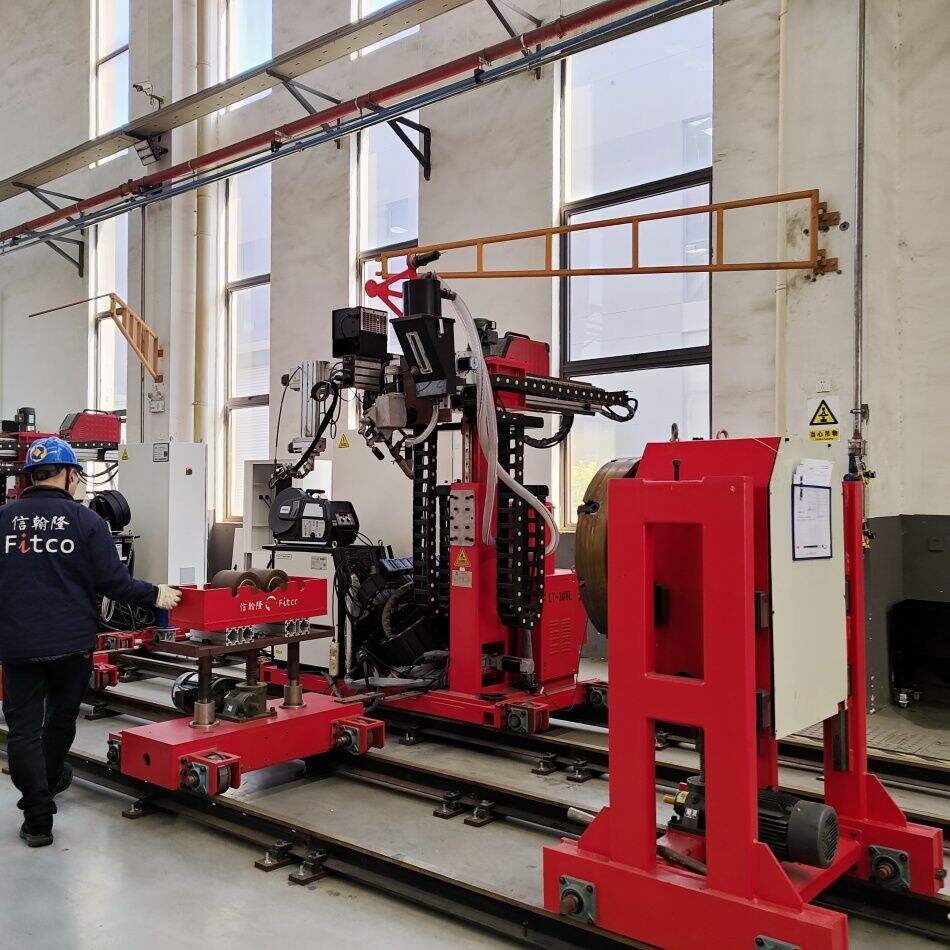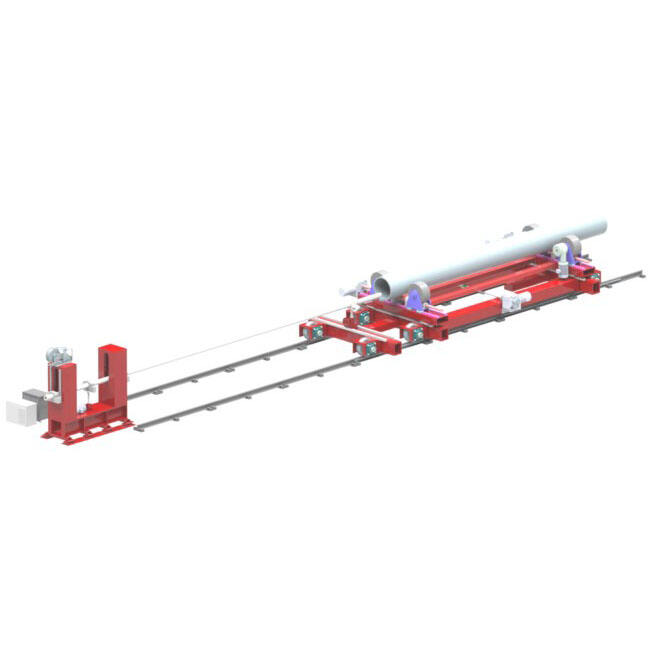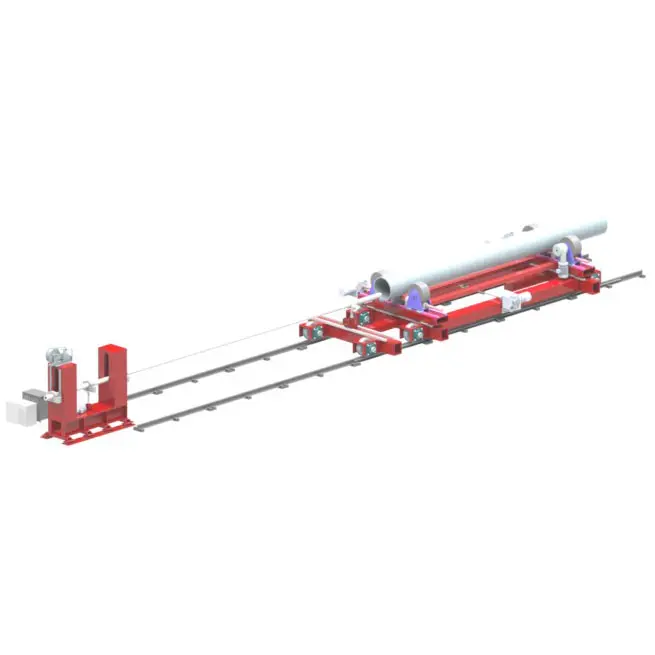welding with a stick welder
Stick welding, also known as Shielded Metal Arc Welding (SMAW), stands as one of the most versatile and widely used welding processes in both industrial and DIY applications. This traditional welding method employs a consumable electrode covered with flux to lay down the weld. The process works by creating an electric arc between the electrode and the metal workpiece, which generates intense heat to melt both the base metal and the electrode, forming a strong joint upon cooling. The flux coating on the electrode burns during the welding process, creating a protective gas shield that prevents atmospheric contamination of the weld pool. Additionally, it forms a slag layer that protects the cooling weld from oxidation. The equipment required for stick welding is relatively simple, consisting of a power source, electrode holder, ground clamp, and welding cables. This welding method can be used on various materials, including steel, stainless steel, and cast iron, making it particularly valuable in construction, repair work, and fabrication. The process excels in outdoor conditions and can effectively weld dirty or rusty materials, though it requires skill and practice to master.

 EN
EN
 AR
AR BG
BG HR
HR CS
CS DA
DA NL
NL FI
FI FR
FR DE
DE EL
EL HI
HI IT
IT JA
JA KO
KO NO
NO PL
PL PT
PT RO
RO RU
RU ES
ES SV
SV TL
TL IW
IW ID
ID LT
LT UK
UK SQ
SQ HU
HU TH
TH TR
TR FA
FA AF
AF CY
CY MK
MK LA
LA MN
MN KK
KK UZ
UZ KY
KY







